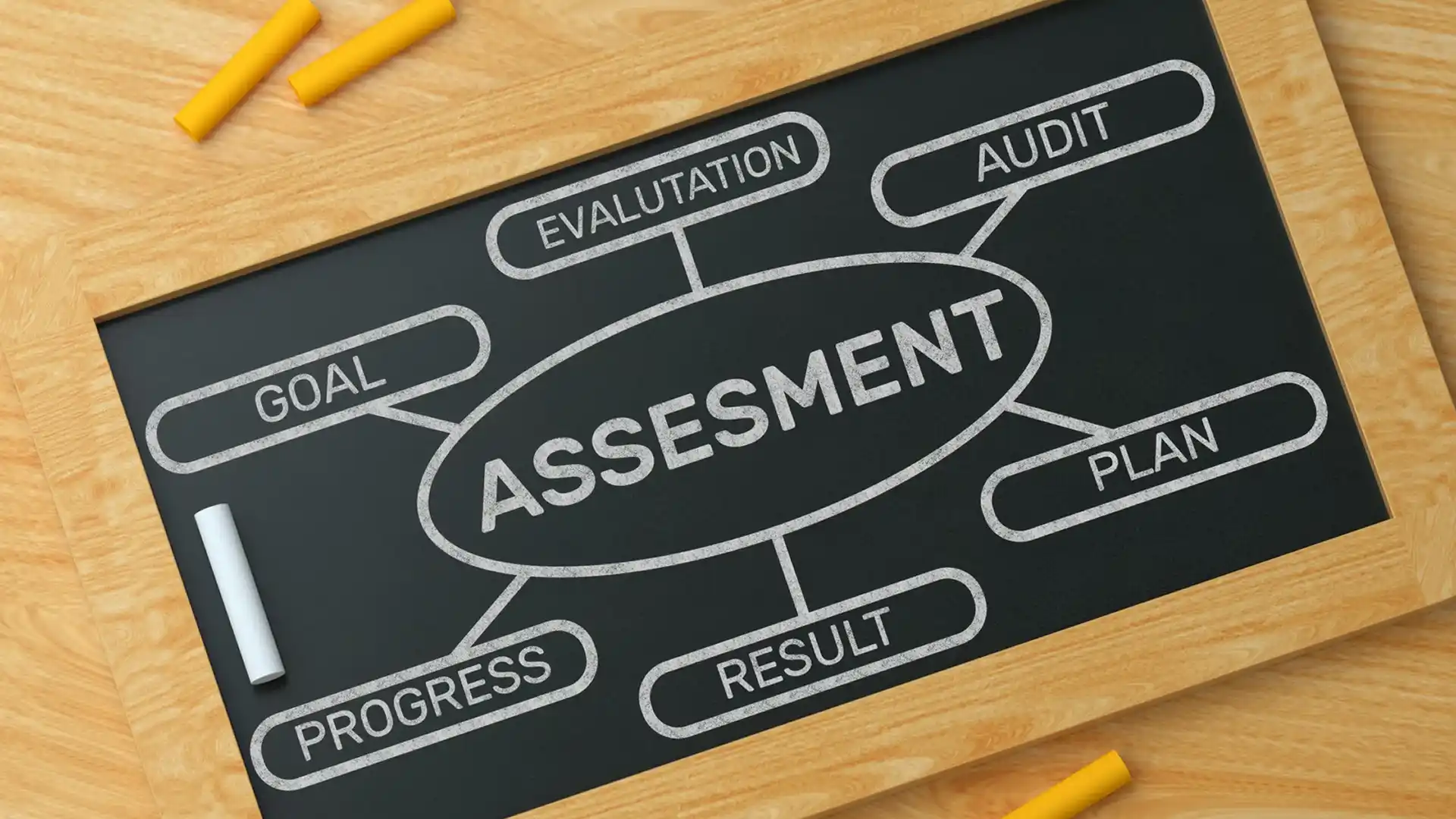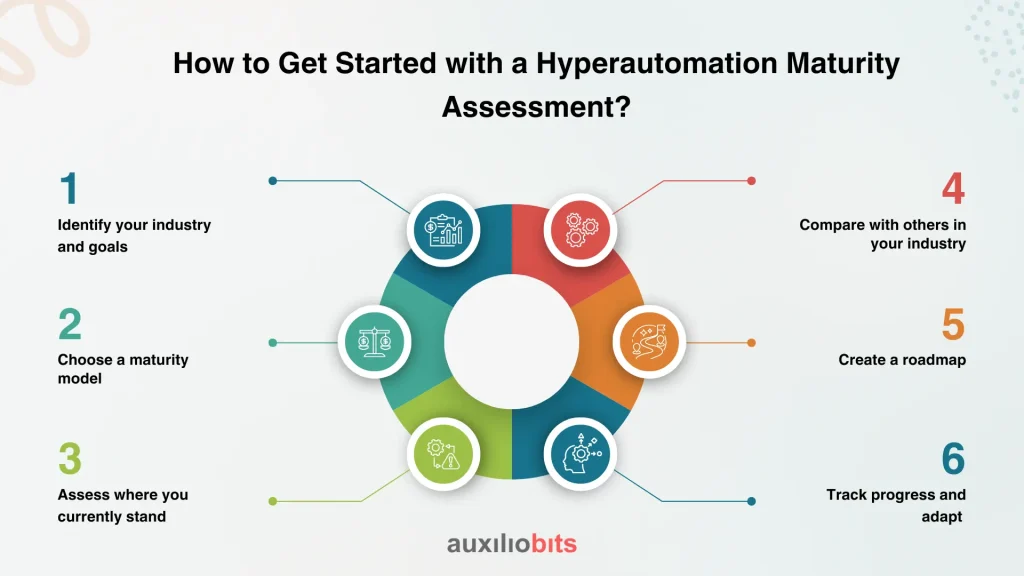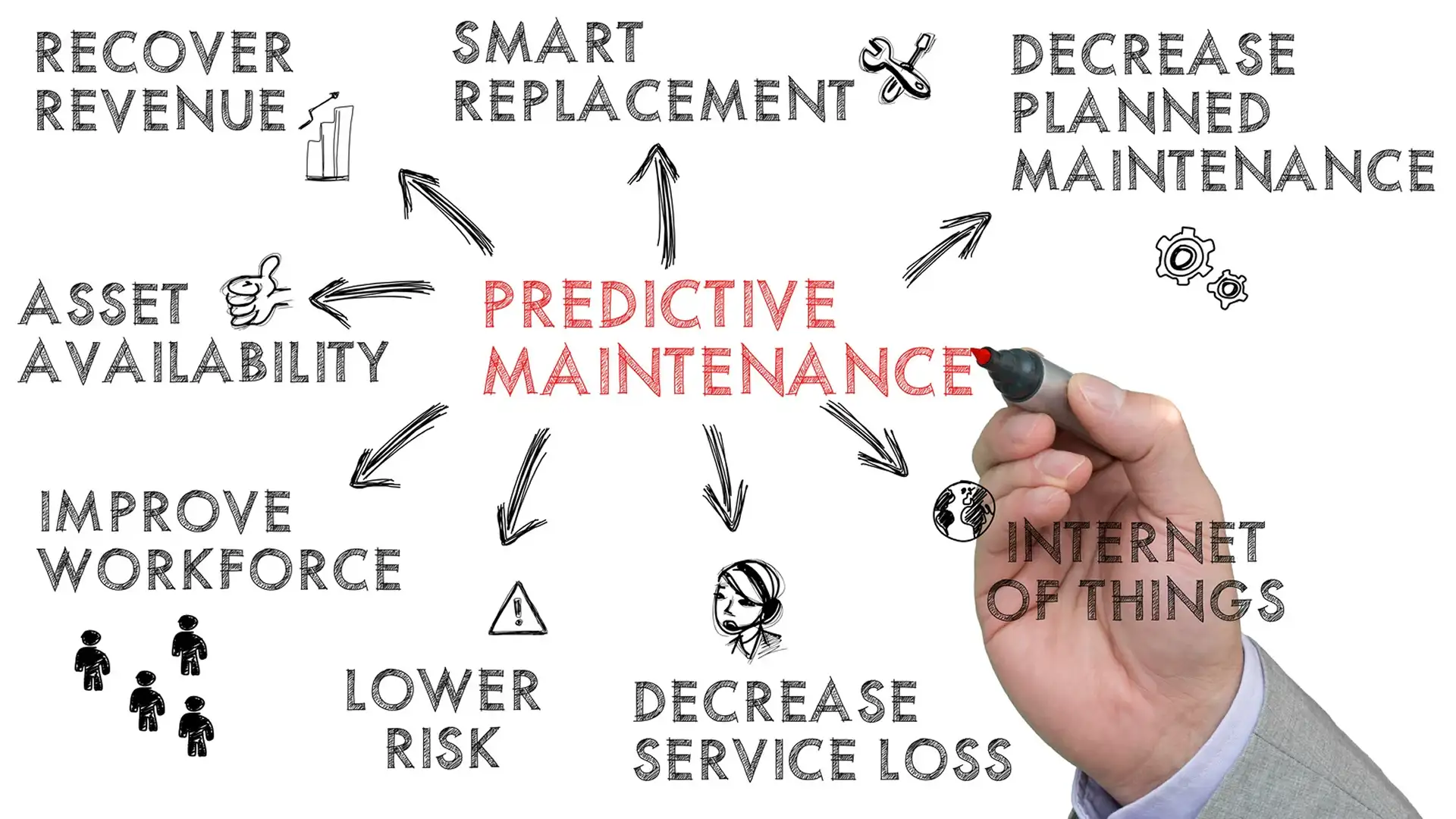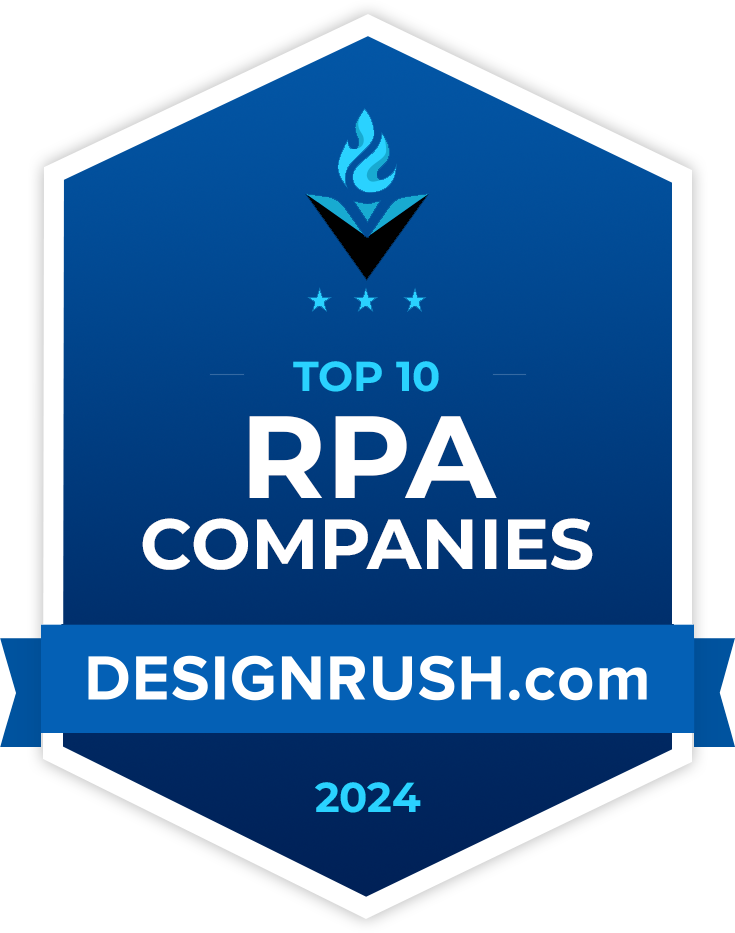
Key Takeaways
- Each industry has unique needs, so using tailored assessment frameworks helps track meaningful progress and uncover specific automation opportunities.
- Hyperautomation maturity models help companies identify their current level, strengths, and gaps, guiding step-by-step improvements.
- By comparing with peers and standards, organizations can measure performance, refine goals, and stay competitive within their sector.
- Begin with simple, repetitive tasks and scale up. Small wins build momentum and support for long-term automation strategies.
- Cross-functional teams, proper training, change management, and expert partners are essential for sustainable hyperautomation adoption and scaling.
As time passes, enterprises should constantly need to work innovatively and move faster. One strategy that is beneficial to achieve these goals is hyperautomation. This means utilizing advanced technologies, including robotic process automation, artificial intelligence, and machine learning, so that firms can automate several processes simultaneously. Furthermore, hyperautomation also helps companies to make better decisions, reduce unwanted expenses, and consume less time. However, every sector, including retail and healthcare, has various challenges and needs. Therefore, hyperautomation for every industry differs.
How does a firm identify if it is doing well with hyper-automation? If you are struggling with the same question, we have you covered. Benchmarking hyper-automation maturity here is handy and works well for firms to monitor their performance.
Benchmarking means comparing your work progress to a standard or other firm. A hyper-automation maturity framework is a valuable tool that allows you to do this. It measures how automation is working for your company. It has several levels, from beginner to expert, and shows where your firm stands today with so much market competition.
Using an industry-specific maturity assessment, firms can identify their weaknesses and strengths. It will also help them understand where they are lacking. For example, a medical facility might be good at automating appointments but still depend on manual procedures for insurance claims. With a maturity model, they can monitor areas to enhance and make a suitable strategy.
Also read: RAG Architecture for Domain-Specific Knowledge Retrieval in Financial Compliance.
What is Hyperautomation?
Hyperautomation is the combination of advanced technologies like
- Robotic Process Automation
- Artificial Intelligence
- Machine Learning
- Business Process Management
- Intelligent Document Processing
What is Hyperautomation Maturity?
Hyperautomation maturity is all about understanding how advanced your company uses automation. Think of it like a ladder or a scale. At the bottom are companies just beginning—maybe they use a few basic tools to automate simple tasks like data entry or sending emails. At the top are companies with innovative systems doing complex work automatically—systems that learn, make decisions, and improve over time without much human help.
A hyper-automation maturity model is a helpful tool for showing where your business stands on this ladder. It breaks the journey into different levels of maturity. Each level shows how much automation you’re using, how innovative your systems are, and how well they are connected across your business.
Here’s what a hyperautomation maturity model helps you understand:
- Where you are right now: Are you just starting with a few simple bots, or do you have advanced AI tools running across departments?
- What’s working well: Maybe your team has automated customer support or financial reporting successfully.
- Where the gaps are: Your processes might still have manual steps that slow things down or cause errors.
- What your next steps should be: Based on your level, the model gives you clear ideas on what to improve, like adding AI, connecting systems, or training your team.
Businesses use a maturity model to get a clear picture of their automation journey. It helps them plan better, avoid wasted effort, and move toward smarter, faster, and more efficient operations. Whether in healthcare, finance, retail, or manufacturing, knowing your hyperautomation maturity level is the first step to growing stronger with automation.
Why Use Industry-Specific Assessment Frameworks?
Every industry has diff erent needs, rules, and levels of complexity. For example:
- In healthcare, data privacy and compliance are critical.
- In finance, real-time processing and risk analysis are key.
- In manufacturing, supply chain and production efficiency are top priorities.
So, a one-size-fits-all automation maturity model won’t work well. Industry-specific frameworks help you:
- Compare apples to apples (within your industry).
- Focus on what matters most for your field.
- Identify realistic and relevant goals.
- Follow best practices and regulatory standards.
Common Levels in a Hyperautomation Maturity Model
Most frameworks include five stages, which can be adapted to your industry:
| Level | Stage | Description |
| 1 | Initial | Manual processes and low awareness of automation benefits. |
| 2 | Emerging | Basic RPA in place, ad-hoc use of tools. |
| 3 | Defined | With standardized automation processes, the integration of AI/ML starts. |
| 4 | Advanced | Intelligent workflows, human-in-the-loop models, and analytics-driven. |
| 5 | Optimized | Autonomous systems, predictive insights, continuous learning, and improvement. |
Key Dimensions to Assess (Industry-Specific Focus)
Here’s how to break it down based on industry:
1. Healthcare
- Patient Data Handling: Is automation HIPAA-compliant?
- Claims Processing: Are bots reducing claim cycle times?
- Clinical Decision Support: Is AI supporting doctors in real time?
- Electronic Health Records (EHR): How integrated and automated are they?
2. Finance & Banking
- KYC/AML Automation: Are onboarding processes digitized and compliant?
- Fraud Detection: Are models in place for real-time monitoring?
- Loan Underwriting: Is document analysis automated?
- Regulatory Reporting: Are reports generated automatically with traceability?
3. Manufacturing
- Inventory Management: Is stock optimized using AI?
- Predictive Maintenance: Are machines monitored using IoT + ML?
- Supply Chain Visibility: Is automation improving forecasting and logistics?
- Quality Control: Are inspection processes digitized?
4. Retail
- Customer Experience: Are AI agents helping customers 24/7?
- Order Fulfillment: Is the process fully automated?
- Personalized Marketing: Is customer data used to trigger real-time campaigns?
- Returns Management: Are reverse logistics automated?
Example: Retail Hyperautomation Maturity Scorecard
| Dimension | Initial | Emerging | Defined | Advanced | Optimized |
| Customer Support | Manual phone support | Basic chatbots | NLP-powered bots | AI agents with CRM | Fully autonomous support |
| Inventory | Excel sheets | Barcode scanning | Cloud systems | Real-time analytics | AI-powered forecasting |
| Marketing | Static emails | Segmented lists | Triggered campaigns | Behavior-based AI | Predictive personalization |
Each section is scored (e.g., 1–5), and the totals help you determine your maturity level.
How to Get Started with a Hyperautomation Maturity Assessment?
Starting your hyperautomation journey doesn’t have to be hard. Any business can begin measuring and improving its automation efforts with a clear plan. Here’s a simple roadmap to help you get started using a hyperautomation maturity assessment framework

1. Identify your industry and goals
Every industry has different needs. A hospital, a bank, or a factory will have different processes to automate. First, understand your business type and decide what you want to achieve. Is it faster service? Fewer errors? Lower costs? Set clear goals
2. Choose a maturity model
Use a hyper-automation maturity model that fits your industry. Some models are available online, but you can also build a custom one with expert help. The model should have different levels—from beginner to advanced—so you can measure your progress.
3. Assess where you currently stand
Use the framework to evaluate your current state. Are you still using manual processes? Have you started using bots or AI tools? Are your systems connected? This step gives you a clear view of what you are already doing and what’s missing.
4. Compare with others in your industry
Look at how other companies in your field are doing. This is called benchmarking. It helps you see if you’re ahead, behind, or on the right path. Learn from their successes and challenges.
5. Create a roadmap
Now, make a step-by-step plan to move to the next level. Decide what tools you need, which processes to automate next, and how to train your team.
6. Track progress and adapt
Keep checking your progress regularly. As technology changes, update your plan. Stay flexible and keep improving.
By following these simple steps, you can confidently grow your hyperautomation capabilities.
Tips for Success in Your Hyperautomation Journey
Starting with hyperautomation can feel like a big task, but you can make it smooth and successful with the right approach. Here are some simple tips to help you succeed:
1. Start small, scale fast
Don’t try to automate everything at once. Begin with small, easy-to-automate processes. Choose tasks that are repetitive, rule-based, and time-consuming. Once you see results, you can expand and automate more complex processes. This way, you build confidence and show quick wins to your team and leadership.
2. Involve cross-functional teams
Automation is not just an IT project. It affects many parts of your business. Include people from different teams like IT, operations, compliance, finance, and customer service. Can identify the right processes to automate and make better decisions. When everyone works together, this also helps avoid problems later on.
3. Use real data to track improvements
Measure the results of your automation. Look at how much time is saved, how many errors are reduced, or how costs go down. Use real numbers to show the value of your automation work. This helps you prove the return on investment (ROI) and get support from leadership for future projects.
4. Invest in training and change management
Technology alone is not enough. People need to understand how to use it and why it matters. Train your teams on new tools and explain how automation helps them. Also, manage change carefully. Some employees may worry about losing their jobs. Be open and supportive, and show them how automation can make their work easier and more valuable.
5. Partner with an experienced automation provider
Working with experts can save you time and effort. A good automation partner understands your industry, has proven tools and methods, and can guide you step by step. They can help you choose the right technologies, avoid common mistakes, and scale faster.
By following these tips, you can build a strong foundation for hyperautomation. Remember: it’s a journey, not a one-time project. Stay flexible, keep learning, and continue to improve as you grow.
Final Thoughts
Hyperautomation is a powerful approach to reshaping business operations. But to succeed, you need a clear picture of where you are and where you’re headed. Industry-specific maturity frameworks make this journey practical, measurable, and impactful.
Whether in healthcare, finance, manufacturing, or retail, strategic benchmarking and automation are the keys to winning in the automation age.






